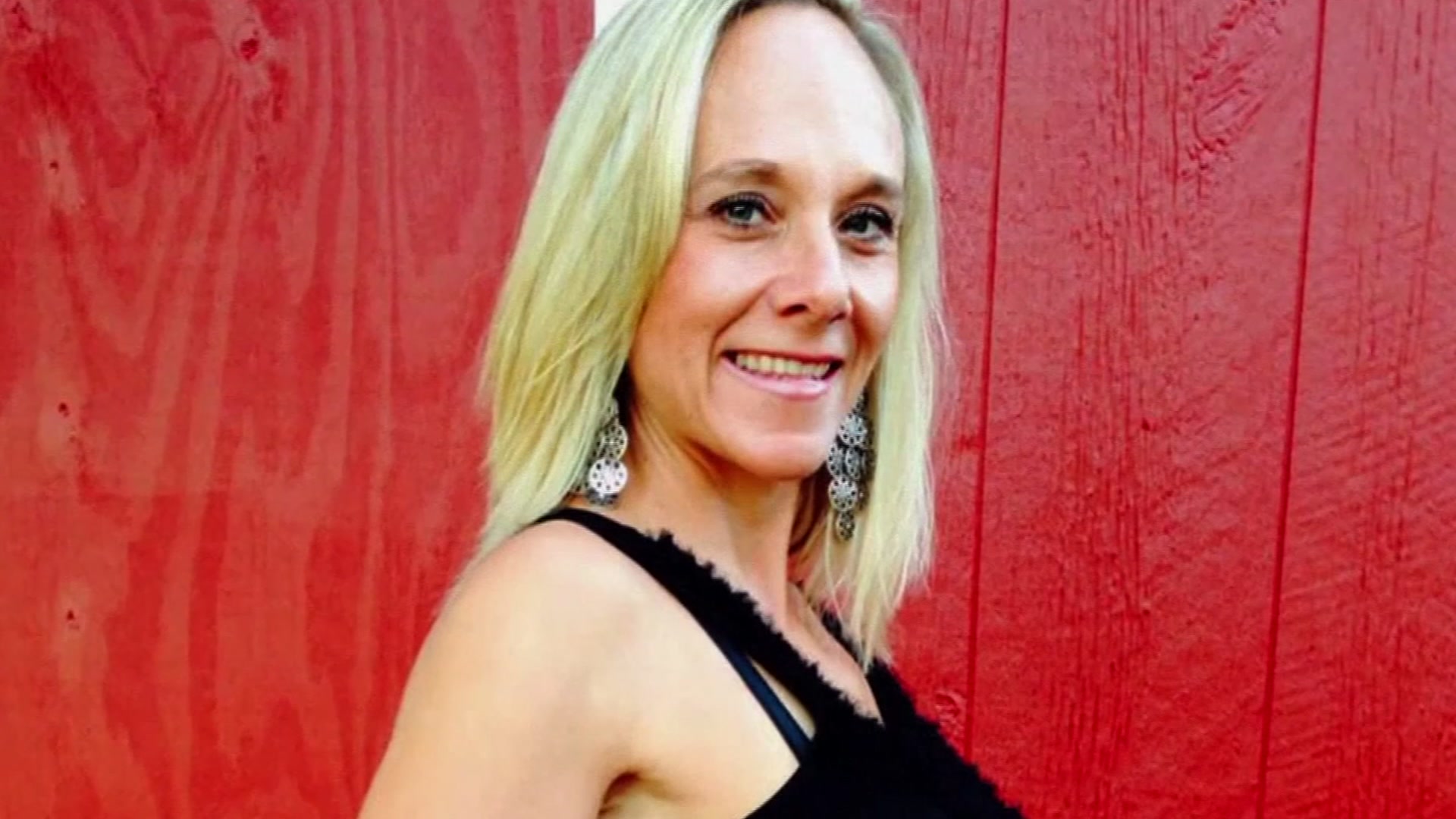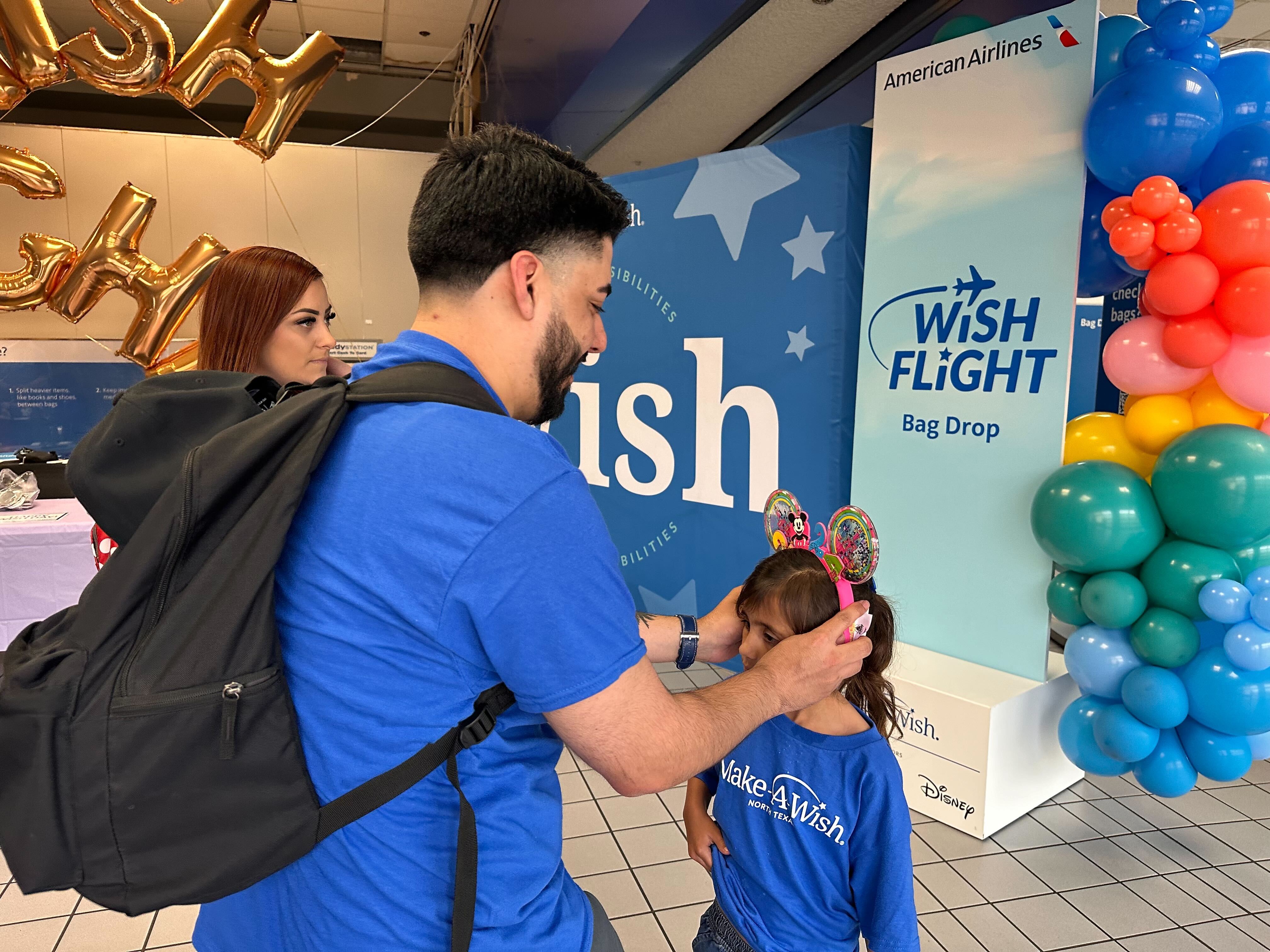Scalp-cooling therapy is giving women the chance to keep some of their hair during their cancer fight.
According to the American Cancer Society, scalp hypothermia is cooling the scalp with ice packs or cold caps for a period of time before, during and after each chemotherapy treatment.
Dallas resident Lizzy Cronin used cold caps to keep much of her hair during her fight with cancer in 2011, but she says resources on the therapy were limited and the process wasn't easy.
"After my third round of chemo, I still had all my hair," said Cronin.
"My husband and I looked at each other and he as like, 'This is like really working! Nobody knows, how can people not know about this!' And we just became obsessed with the process and the lack of knowledge that the public had," said Cronin.
That's when she and her husband got the idea to start their own company, Chemo Cold Caps, in 2012.
The ACS says the theory behind scalp hypothermia is that the cooling tightens or constricts blood vessels in the scalp.
Local
The latest news from around North Texas.
This constriction is thought to reduce the amount of chemo that reaches the cells of the hair follicles.
The cold also decreases the activity of the hair follicles and makes them less attractive to chemo, which targets rapidly dividing cells.
When Jenny Durham, of Dallas, learned she'd likely lose her hair during the chemotherapy needed to battle breast cancer, she said she immediately thought of her mother, who passed away from cancer years prior.
"I lost my mom to cancer and I watched her lose her hair and I just didn't want my boys to go through that. They're young, but still I just didn't want them to have that memory. And so, that was by far my first low moment when I couldn't hold it together," said Durham.
She researched cold scalp technology and jumped at the opportunity to incorporate it during chemo sessions.
Dry ice keeps the cold caps between -34 degrees Celsius and -38 degrees Celsius and have to be switched out about every 25 minutes before, during and hours after each chemo session.
"You put that first cap on and you want to throw up everywhere. It is the most nauseating probably for a good five minutes," said Durham, who credits the cold caps with helping her keep about 40 percent of her hair.
"We would go on date nights, and I wanted to feel myself. I didn't want to deal with the wigs and the hats and everything that my mom dealt with," said Durham.
"I just have always had long brown hair, you know? I feel like it was me, how my children know me," she added.
"People call them the caps. People call them the hats. People call them all different things, but we call them successful. They really do work and make a difference," said Cronin.
According to the ACS, some studies found have benefits, but many patients using scalp hypothermia still had some hair loss. Success of scalp hypothermia may be related to the types of chemo used, the chemo dosage and how well the person tolerates the coldness.



